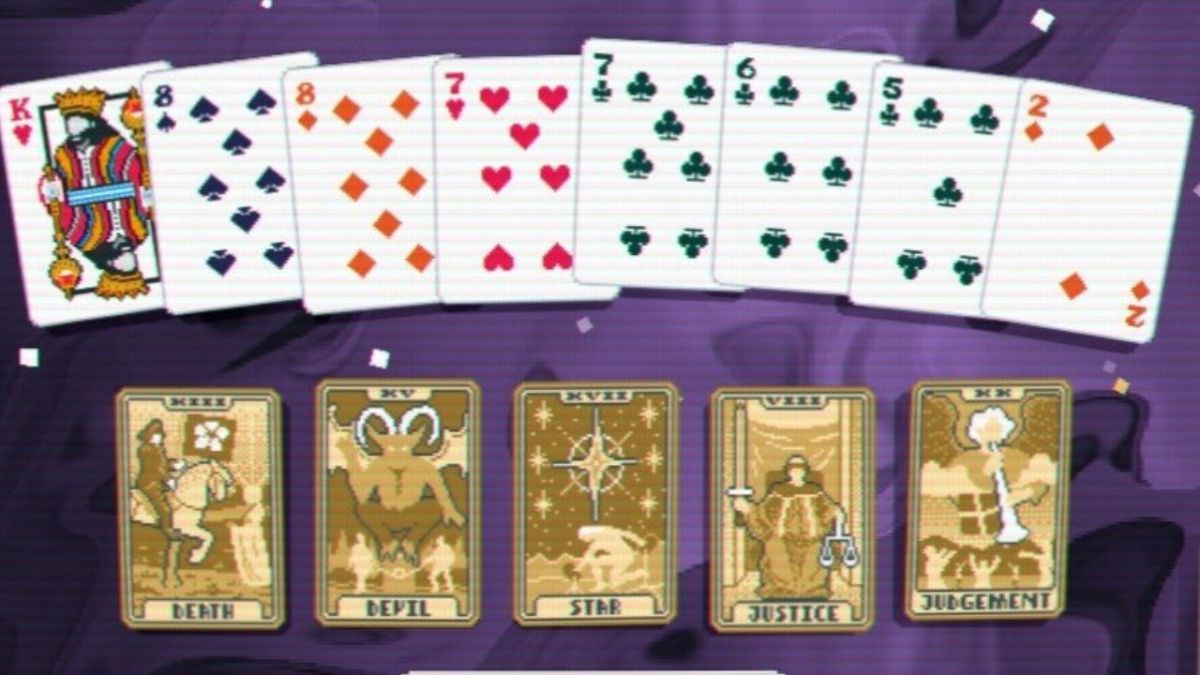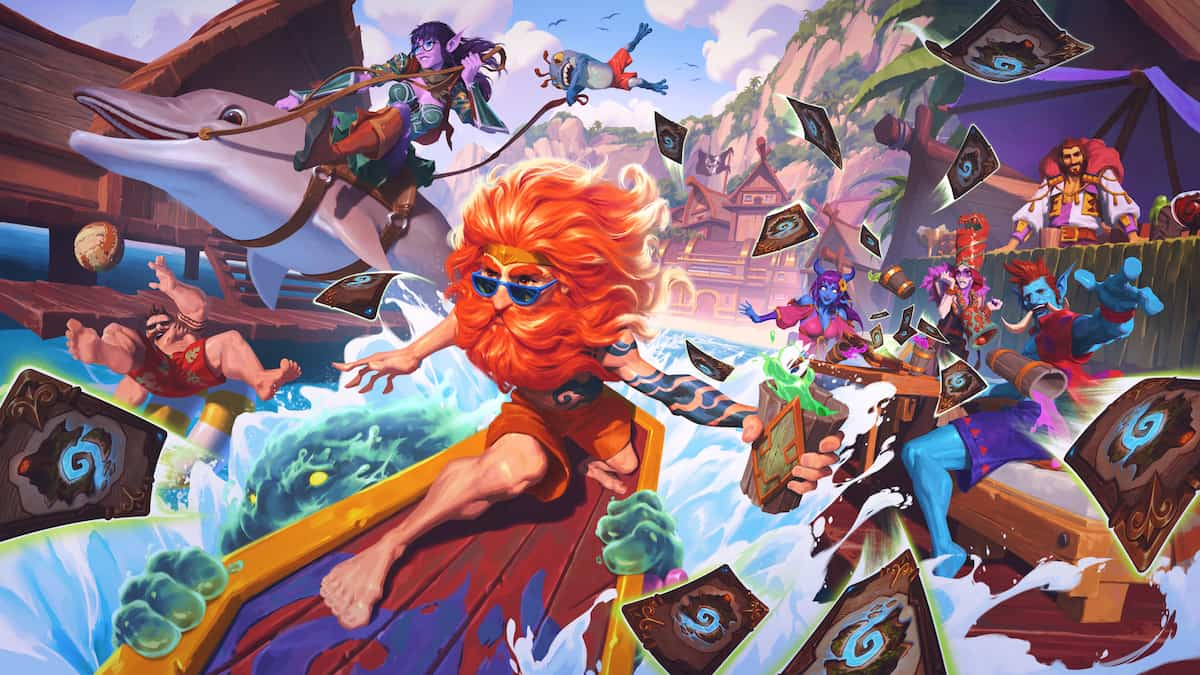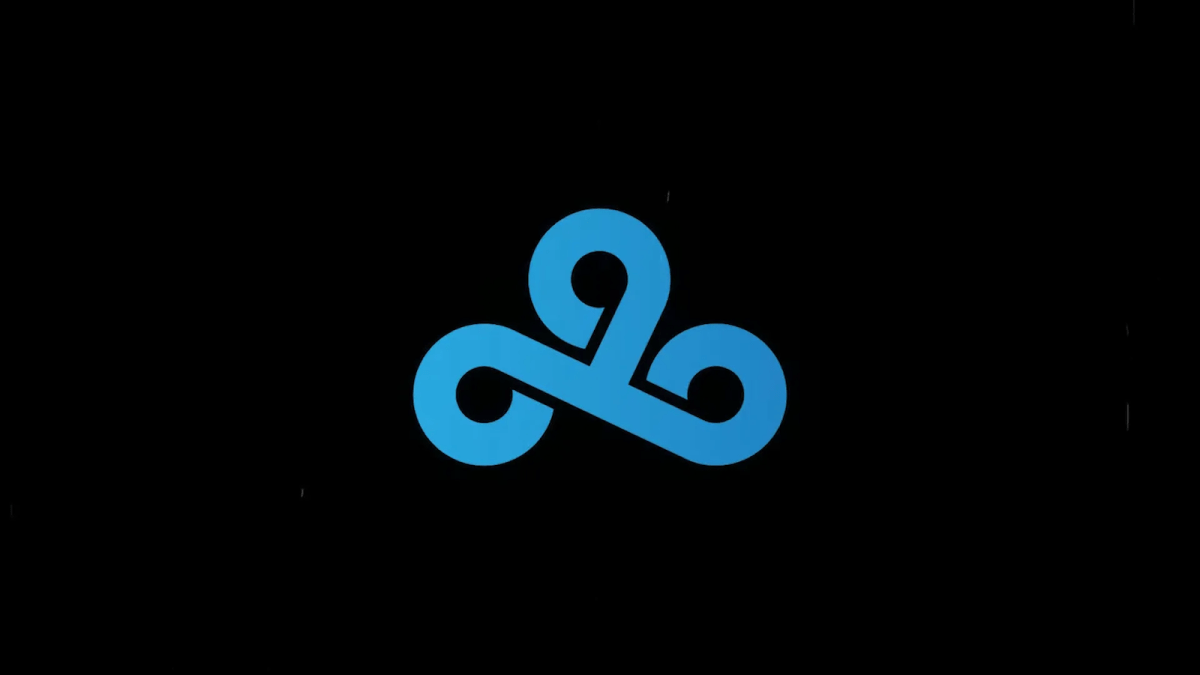Introduction
Continuing are strange trend of “aggro decks that used to dominate the meta,” this week we’re rolling with Face Hunter. This is likely going to be the last such deck we look at, but it is one of the cooler builds that I’ve found while climbing. While the list is not the most popular deck you’ll see, there are a couple versions. Today’s build is a number 1 legend list that goes pretty straightforward down the face route. You want early board presence, you want big threats, and you want fast damage. There are many ways to craft a deck like this, but today’s build, as with so many good decks right now, is all about strong minions.
Key Cards
Candleshot
Candleshot is a very unassuming weapon, and it is also one of the most important cards in this list. Though you want to push damage as quickly as you possibly can to set up burn and your hero power, there are still going to be games where you need to get a handle on the early board. One damage three times is not terribly exciting, but it does a great job of pinging down other aggro cards, including Southsea Deckhand, Silver Hand Recruits, and Patches the Pirate. You can also use it to trade up, or finish off strong threats when you want to be the aggressor. There is a lot of utility with this card, and it never matters what you attack because of the tacked-on immunity. While this is not going to be that strong against slower decks, using this alongside a one drop in the aggro match is one of the best ways to cement the early board.
Do not underestimate this card as damage. Yes, the board is typically where Candleshot is going to be used, but three hits to the face is relevant. So many of your games are going to come down to one turn or one damage. Missing out on an attack with this can often be the difference between winning and losing. That goes double when you’re saving it and then have to get rid of it when you draw a Eaglehorn Bow. If you know you won’t need to contest the board, hit your opponent with the shot as much as you can. Another important note about the 1/3 is that it can help trigger Southsea Deckhand. Holding onto one charge for that topdeck potential is great in closer games or matches where you know you need fast damage.
Crackling Razormaw
Another subtle card in this list is Crackling Razormaw. You are a face deck. That means you want to constantly push damage by ramping up your board as quickly as possible and then using that pressure to hit your opponent hard. You need to hyper-focus on stringing together damage and then do everything you can to let your burn/hero power end things. However, as discussed above, you also need ways to press the board or build up into your curve. Razormaw is not a card that inherently is built around damage. Yes, you can use it to roll claws or windfury, but most of the time the two drop is going to be used to preserve your board. That is important because you need to remember that your deck depends on minions to do damage. Most of the time you don’t mind if they die after getting in one hit, but making sure they get that hit is quite important.
It is unlikely that you’re going to try and use Crackling Razormaw as an aggro play. There are some fringe situations where you want to try and high-roll the adapt, but most of the time the card is going to be a defensive play. For that reason, you only want to to prioritize the 3/2 over more aggressive options when you need to protect your board or push with sticky minions. Yes, this hits great on curve, but if you’re moving into the middle turns of the game, you should almost always hold it back. Each turn that passes makes the beast worse. Do not try to force it. Waiting until the later turns of the game with razormaw can also be good because of how it works with Tundra Rhino (more on that below).
Bittertide Hydra
The first of our three five drops, Bittertide Hydra is a massive beater that works wonderfully in this deck. One of the biggest advantages of face decks is that they come with inherent tempo. That is, your opponent needs to spend all of their turns answering you because they are scared of dying. If you start fast or push with early damage, your opponent is going to be in a position where they can either play their own deck or they can try to survive. Guess what they’re going to pick. Hydra is a card that works under that same pretense as the above example. However, it only truly hits its potential when you can put it down in a favorable position. For that reason, this is one of the few situations where you want to pace the board rather than just go for face. Normally, you take the damage, but if you’re playing to the hydra, focus on the board.
For those who remember our discussion of new Aggro Shaman two weeks ago, Bittertide Hydra is this deck’s Flamewreathed Faceless. That is to say, it is the card that you always want to prioritize immediately. There is almost no deck in the game that is comfortable dealing with a turn five 8/8. Know that, and do not be afraid to use the beast to instantly take tempo in case of a dead-lock. Yes, there are going to be some lists that can handle this easily, but most of the time putting the 8/8 down with your burn potential is going to give you control. The only deck you want to watch out for with this one is Aggro Paladin. Hydra’s drawback typically won’t matter, but Uther has so many 1/1’s that you want to avoid giving your opponent the ability to take a huge chunk out of your life.
Leeroy Jenkins
You simply cannot have a face deck without Leeroy Jenkins. Everyone knows the strength of this card, and everyone understands the inherent power that six quick damage has. However, the five mana legendary is still worth discussing to bring up a much bigger theme of this list, which is getting in damage when you can. The biggest advantage Hunter has is their hero power. Being able to do two damage a turn regardless of the board is invaluable, and something you need to play to as much as possible. A part of that is using your ground damage (minions/weapons) when you have opportunities to do so. There are several taunts in the game that can lock you out if you don’t have a Spellbreaker ready. Many people will try to hold back Leeroy or a final Eaglehorn Bow charge until they have finishing damage, but that is not always the right move. If your opponent has taunts coming, or a chance at taunts coming, you should try to use your big damage minions/weapons when you have a window. Then, even if your opponent gets some walls up, you can lean on your burn to chip them down.
Tundra Rhino
We round out the card discussion, with one of the most important additions to this list. In the past, Tundra Rhino has not fit into face decks. The reason for that was because the card just did not do enough. Rhino is typically a midrange card that is used as a damage tool in a deck with a variety of different options. However, that was before Corridor Creeper. For reasons I do not understand, Creeper is a beast, which means it gets charge from the 2/5. Playing the rhino alongside one or two speedy worms can instantly end the game out of nowhere. Understand that potential, and do not be afraid to hold back the 5/5’s if you’re playing towards the rhino. It may be a reflex to play the worms down as soon as possible, but if you can give them charge, you should do other things with your mana.
The other card that gives Tundra Rhino a lot of power is Crackling Razormaw. Three extra damage plus an adapt on another charge minion is a lot of strength for very little investment. If you cannot get your corridor combo, that is typically the play you want to look for. Also note that the rhino is damage in and of itself. Two damage for five mana is not the most impressive thing in the world, but, as discussed with Candleshot, every hit matters. In addition, the rhino has to be killed right away. Putting this on six and going face alongside an Alleycat or Dire Mole can be a great way to get in a few hits, build a board, and present a must-kill threat. You aren’t always looking for the home run. As long as you can apply pressure you should be fine.
Deck Code
AAECAYoWAq8Ekbw CDqgCtQOoBbsF1AXyBesH/gzquwKvwgKO wwL70wLh4wKL5QIA
Matchups
The four decks I see the most while playing the ladder.
Priest
We’ve finally reached the point where the Priest class as a whole has taken over the top spot. Big Spell Priest is the deck I face the most, but Kazakus is still popular, and I even run into Big Priest from time-to-time. When going up against Anduin, you need to do everything in your power to leverage damage. That is going to be the case in most games (you are a face deck after all), but it is important against Priest because of their inherent healing and powerful top-end options. You never want games to go long, but this is one of the matchups where you really need to make sure your opponent can’t stretch things out. Stick to your curve and try to run out strong minions in a way so that you always have priority. As long as your opponent is on the back foot you’ll be fine.
The only difference in playing the different Priest styles is that you need to do your best to limit Big Spell Priest’s early minions. It is not always easy to recognize what you’re up against, but if your opponent opens up with any early minion that is not Northshire Cleric, you should immediately think it is Big Spell. If you see no minions on the first two turns, it is likely Razakus. That is helpful to know because if you’re up against Razakus Priest you want to spam as many minions as you can and dare them to have their clutch one-ofs. However, against Big Spell Priest you want to pace them for a turn or two and then burst out ahead. Your large threats are incredible against Anduin because Big Spell has no way to directly interact with cards like Tundra Rhino or Bittertide Hydra and Kazakus can only take down a big threat once. Start fast and finish faster.
Control Warlock
Control Warlock is still hanging on, but its stock is slipping. That is decent news for you because, while Warlock does have Voidlord and tons of different healing options, they are also pretty exposed to fast builds. The way you win this game is by building an early board, and then slamming down big or must-kill threats that make your opponent immediately react. That forces Gul’dan to constantly backpedal to stay alive, which is the type of game you need to win this one. As Voidlord is likely going to be one of your opponent’s win conditions, you never want them into a position where they can play things like Possessed Lackey without fear of dying. If you make it so that every decision they make comes with fear of losing, they are never going to be able to settle into a rhythm or play to their finishers. Then, as they desperately look for answers to your board, you chip them down into lethal range.
You have two win conditions in this matchup. One is a flurry of burn, and the other is Spellbreaker. As mentioned earlier in the guide, you want to try to get in as much damage as you can on the board before your opponent can play taunts. Do not worry about conserving weapon charges or holding out for charge finishers like Leeroy Jenkins or Tundra Rhino/Corridor Creeper. Rather, get in your face damage when you have the window to do so. If your opponent then heals to stay alive, you can run out more minions or threats, and if they decide to taunt up, you can rely on your burn. This is a tricky line to maneuver, but it is one you need to know well. If you miss your window against Warlock you are likely not going to be able to come back. Also, tricking your opponent into playing a big taunt when you have Spellbreaker in hand can be a great way to push finishing damage as well.
Aggro Paladin
Back up to the third spot, Aggro Paladin has come back in a small, but powerful way. This is a game where you want to heavily lean on the top end of your curve. Paladin has a strong opening, and they are going to push to Knife Juggler and Call to Arms. Both of those cards are big problems for you (especially when they drop annoying cards like Righteous Defender), which means you have to spend your first turns making sure your opponent can’t get anything going. Always try to get out Dire Mole, Alleycat, and Candleshot as quickly as possible. Those cards all help you fight back Paladin’s first push and make it so you can comfortably transition into your powerful hay-makers without worrying about dying. The golden rule of this matchup, besides fighting off Paladin’s first few turns, is to always strike face once you get something big to stick. You are not going to have a lot of opportunities to do big chunks of damage in this one, so it is important to take advantage of the opportunities when they come. One big hit from something like a Bittertide Hydra or Corridor Creeper is all you need to permanently get your opponent on the back foot.
Tempo Rogue
The final matchup is Tempo Rogue. As with any face deck playing against Rogue, you have an inherent advantage because Valeera has no real taunts (besides the occasional Saronite Chain Gang) and no healing. However, this is also tricky because if you try to only go face early and ignore the board, Rogue is going to tempo you right off the board. Your goal is to kill your opponent by playing against their tempo early and then chipping them down throughout the curve before they can drop Bonemare. Unless your opponent is at extremely low life (which you can set up if you have burn) they are almost always going to take the game when they get to the undead horse. Try your best to wrap this one up by turn seven. At the very least, have your opponent in lethal burn range by then.
Know when you need to switch up your strategy and only go face. Unless you get out of the gates much faster than your opponent, most of the time there is going to come a time in this one where you need to lean on your damage. The goal of this one is not to win the game on the board. Rather, it is to push your opponent to the point of no return. Once again, Rogue has no tricks up their sleeve and they aren’t going to suddenly hit you with a surprise healing card. Don’t overthink this matchup. It is easy to get caught up in your opponent’s natural tempo flow, but doing that is typically going to lead to a loss. Go face whenever you can. All it takes are a few aggressive turns to get your opponent into steady shot range.
Mulligan Guide
Mulliganing with a face deck is the best kind of mulligan. Just start low and build high. Alleycat, Southsea Deckhand, Candleshot and Dire Mole are your four must-keeps. However, as with most aggressive decks, I will not keep deckhand alongside other early minions. It is only good on its own. Besides those, Crackling Razormaw is strong with a turn one beast, and you should always keep Animal Companion, Eaglehorn Bow, and Southsea Captain with the coin or a curve. Spellbreaker is great with a curve against Warlock, Houndmaster should always be kept on curve, and Corridor Creeper should always be kept against aggro.
Conclusion
I know I’ve been on an aggro kick as of late, but the truth is that the archetype isn’t that popular right now. Paladin (which we’re gonna look at on The New Standard) is the only real aggro build that you’re going to consistently see. This Face Hunter is a cool build because, while it does something old, it also brings some new stuff to the table and plays in a way that past decks didn’t. That differentiation keeps games fresh, and helps you better learn it all over again. I hope you enjoy the hunt. Until next week, may you never see turn seven.





Published: Jan 22, 2018 01:58 pm